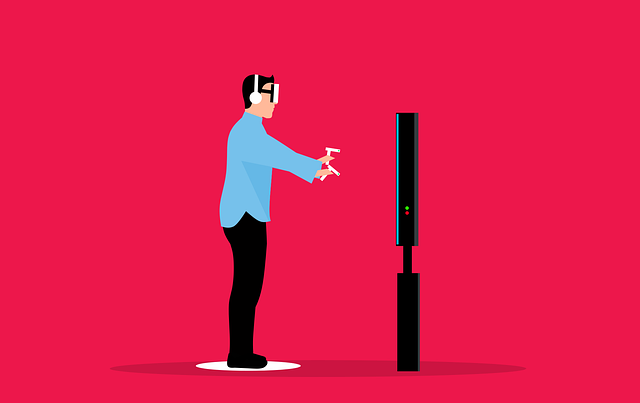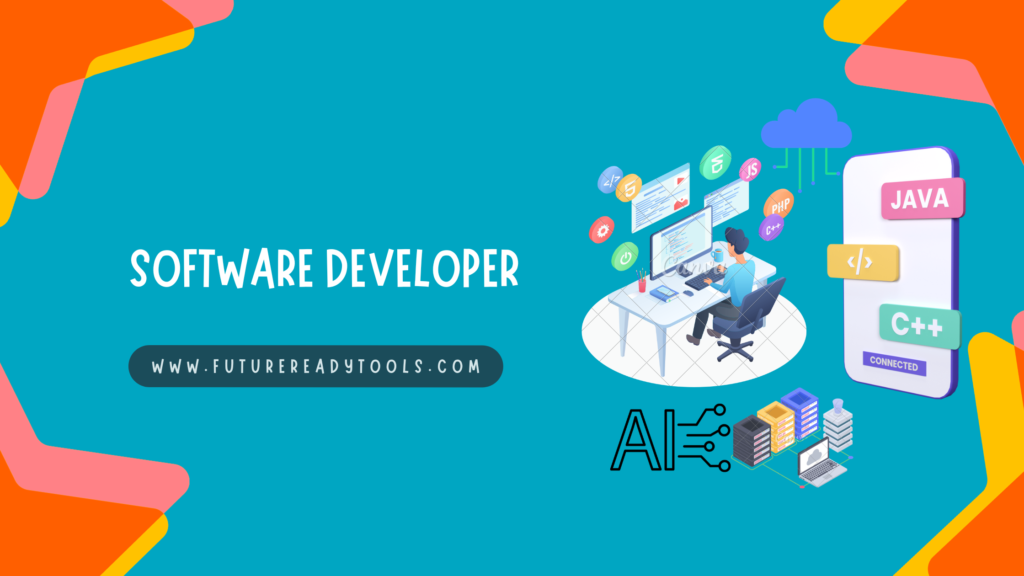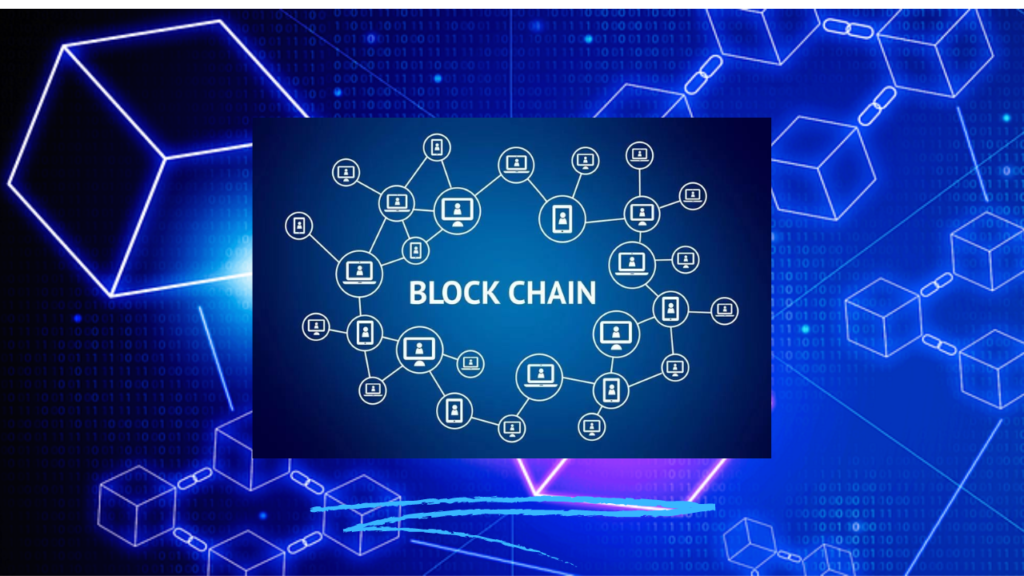Introduction
Virtual reality (VR) is a technology that creates immersive and interactive simulations of real or imagined environments. VR designers design, develop and test these simulations for various purposes, such as entertainment, education, training, health care, and more. VR designer needs to have a combination of artistic, technical, and communication skills and a passion for innovation and creativity.
- Education to Become a Virtual Reality Designer
- Roles within VR designer
- Leading institutions or online platforms
- Knowledge of tools and technology For VR Designer
- Typical career path for a VR designer
- Internship opportunities
- Day in the Life of a VR Designer
- Challenges Faced by VR Designers
- Work-life balance
- Summary
- Frequently Asked Questions
Education to Become a Virtual Reality Designer
Embarking on a career in Virtual Reality (VR) design usually necessitates a solid educational foundation, most commonly a bachelor’s degree in disciplines such as game design, computer science, or similar fields. These areas of study equip students with a wide range of skills that form the bedrock of VR design, including critical thinking, problem-solving, creativity, and a strong understanding of both software and hardware.
Game design degrees often focus on teaching students how to create engaging and interactive experiences, an essential aspect of effective VR design. It often covers subjects like game mechanics, level design, narrative design, and user experience, all of which play crucial roles in designing immersive VR environments.
A degree in computer science offers a more broad-based education in computing and typically includes studying programming languages, data structures, computer architecture, and algorithms. This knowledge is incredibly useful in VR design as it allows professionals to understand and manipulate the fundamental building blocks of VR experiences.
However, your education shouldn’t stop at earning a degree. Given the rapid advancement of technology and the specific technical requirements of VR design, practical knowledge in programming languages like C++, C#, or JavaScript is crucial. This will enable you to effectively work with VR platforms like Unity or Unreal Engine, which are commonly used to develop VR experiences.
Moreover, familiarity with 3D modeling software, such as Blender, Maya, or 3ds Max, is another critical requirement. VR is heavily reliant on 3D models and environments, and being able to create and manipulate these elements is a vital part of the job.
Lastly, understanding the ins and outs of different VR platforms, like Oculus, SteamVR, or Google’s Daydream, is necessary. These platforms have their specific requirements, interfaces, and limitations. Knowing how to navigate these can make the difference between creating a good VR experience and a great one.
Overall, while the educational and knowledge prerequisites might seem daunting, they form the backbone of the exciting and innovative field of VR design. With the right education, skills, and a passion for the immersive potential of VR, you can shape and influence the way people experience digital realities
Roles within VR designer
Virtual Reality (VR) design is a multidisciplinary field, requiring a blend of technical acumen, artistic prowess, and user experience know-how. These elements come together through the collaborative work of VR developers, VR artists, and VR interaction designers.
VR developers are primarily responsible for the technical aspects of a VR project. They write code, often in languages like C++ or C#, to create the software that makes VR experiences possible. This includes building algorithms that control how users interact with the VR environment, constructing the physics that dictate how objects in the VR world behave, and implementing solutions for performance optimization to ensure the VR application runs smoothly. Their role is integral to bringing the vision of a VR experience to life, from the early stages of prototyping to the final stages of deployment and testing.
VR artists, on the other hand, are the creative forces behind VR design. They use digital sculpting and 3D modeling tools, such as Blender or Maya, to craft the visual elements of the VR experience. This can range from creating detailed character models and vibrant environmental assets to designing user interfaces and visual effects. The work of VR artists is critical for creating immersive and compelling virtual worlds that captivate users’ imaginations and make VR experiences genuinely engaging.
Lastly, VR interaction designers, often with a background in User Experience (UX) design, play a crucial role in optimizing how users interact with the VR environment. They carefully study how people use VR hardware, such as headsets and motion controllers, and design interaction models that feel intuitive and natural. They also focus on ensuring that the VR experience is comfortable and accessible for all users, mitigating issues like motion sickness and eye strain. Additionally, they design and implement user interfaces within the VR environment, ensuring information is conveyed clearly and effectively.
Each role within VR design is distinct yet interconnected, contributing towards the ultimate goal of creating high-quality, immersive, and enjoyable VR experiences. By combining the technical skills of VR developers, the creative talents of VR artists, and the user-focused approach of VR interaction designers, VR design teams can push the boundaries of what’s possible in virtual reality.
Leading institutions or online platforms
Here is a table listing some of the leading educational institutions and online platforms offering courses in Virtual Reality (VR) design.
| Institution/Platform | Course Title | Course Details |
| IIT Bombay | The Industrial Design Centre at IIT Bombay offers courses and research in various aspects of Virtual Reality as part of their broader program | |
| Centre for Development of Advanced Computing (C-DAC) | Diploma in Advanced Computing (VR & AR) | C-DAC offers Diploma in Advanced Computing (VR & AR) that covers various aspects of Virtual and Augmented Reality. |
| Whistling Woods International | Virtual Reality filmmaking and VR content creation. | The School of Animation at Whistling Woods International offers courses on Virtual Reality filmmaking and VR content creation. |
| Virtual Reality Learning Solutions (VRLS India) | Various courses and workshops | VRLS India is an institute dedicated to training in Virtual Reality. They offer various courses and workshops in VR design and development. |
| Massachusetts Institute of Technology (MIT) | AR/VR Development | A comprehensive program offering students the opportunity to learn and develop augmented and virtual reality applications. |
| Stanford University | Virtual Reality | This course provides a comprehensive introduction to VR, covering the history, principles, and applications of VR. |
| Coursera (Offered by the University of London) | Virtual Reality (VR) | A specialization program focusing on the basics of VR, 3D interaction design, application development with Unity, and how to create high-fidelity virtual reality experiences. |
| Udacity | VR Developer Nanodegree | This nano degree program focuses on teaching students how to build immersive experiences and become professional VR developers. |
| edX (Offered by the University of San Diego) | 3D Models for Virtual Reality | This course provides an introduction to creating 3D models for virtual reality experiences, and is part of a professional certificate in VR App Development. |
| Udemy | The Complete VR Course: Build 3D Models and Unity Games | This course provides a comprehensive overview of creating 3D models using Blender and creating VR experiences in Unity. |
| FutureLearn (Offered by Lancaster University) | Virtual Reality: The Future of Social Interaction | This course explores how VR can be used for social interaction and how it might change the nature of communication in the future. |
Please note that course offerings and details may change over time, so it’s a good idea to check the current offerings and details on each platform’s or institution’s website.
Knowledge of tools and technology For VR Designer
For those aspiring to a career in Virtual Reality (VR) design, developing proficiency in specific programming languages and 3D modeling software is of great advantage.
Let’s start with programming languages. C# and C++ are two languages commonly used in VR design, primarily due to their integration with popular VR development platforms – Unity and Unreal Engine respectively.
C# is the primary language used in Unity, one of the most popular platforms for creating VR experiences. Unity’s easy-to-use interface and extensive resources make it a favorite for both beginners and experienced designers. By learning C#, aspiring VR designers can create scripts to control game mechanics, object interactions, and essentially any dynamic content within the Unity engine.
C++, on the other hand, is heavily used in Unreal Engine, another widely adopted platform for VR development. Unreal is known for its high-quality graphics and a robust suite of development tools. Knowledge of C++ allows VR designers to leverage the full potential of Unreal Engine, providing greater control and flexibility in designing complex and high-quality VR experiences.
Moving onto 3D modeling software, Blender and Maya stand out as industry standards.
Blender is a free, open-source 3D modeling software that’s used for creating and animating everything from characters to environments. It is favored by many due to its broad range of tools and features, as well as its cost-effectiveness.
Maya, while often used for similar purposes as Blender, is renowned for its powerful animation and simulation tools. Though it is paid software, many professionals in the VR industry use Maya due to its extensive capabilities, making it a beneficial skill for aspiring VR designers to possess.
In summary, learning languages like C# and C++, and becoming proficient with 3D modeling software such as Blender or Maya, equips VR designers with the technical toolkit needed to create immersive and interactive VR experiences. By honing these skills, aspiring VR designers can significantly improve their competence and marketability in the VR industry.
Typical career path for a VR designer
Embarking on a career in Virtual Reality (VR) design typically starts with entry-level positions such as a Junior VR Developer or Designer. In these roles, individuals work under the supervision of more experienced team members, contributing to the development of VR projects while honing their technical skills and understanding of the VR landscape. This could involve tasks such as coding, creating 3D models, testing VR experiences, or assisting in the design of user interfaces.
As Junior VR Developer or Designer gains experience and demonstrates increased competence, they often progress to more senior roles like a Senior VR Developer or Designer. In these positions, individuals are expected to take on more complex tasks and responsibilities. They might lead a team of junior developers, oversee a significant portion of a project, or handle more sophisticated aspects of VR development such as optimizing performance, designing complex systems, or crafting intricate 3D models. The role requires not just advanced technical skills but also leadership abilities and a deep understanding of VR design principles.
With further advancement, experienced VR professionals may aspire to roles such as a VR Project Manager or VR Design Director. These positions hold broader responsibilities beyond the technical development of VR experiences.
A VR Project Manager oversees the entire project from conception to completion. They plan and define project goals, manage resources, coordinate teams, and ensure the project stays on schedule and within budget. Their role requires strong organizational skills, leadership abilities, and a comprehensive understanding of VR technology and design.
Similarly, a VR Design Director holds a strategic role in the organization. They oversee the overall creative vision and design strategy for VR projects. Their responsibilities often include leading and inspiring the design team, making key creative decisions, collaborating with other departments like marketing and product, and liaising with clients or stakeholders.
Ultimately, a career in VR design can offer a clear path of progression, each stage offering its unique challenges and rewards. While it starts with acquiring and honing technical and creative skills, it evolves into roles that combine these skills with leadership and strategic planning as you move higher up in the career ladder.
Internship opportunities
Here’s a list of companies that, have been known to offer internships or apprenticeships in the field of VR design to students. However, it’s important to regularly check their respective websites or internship posting platforms for the most current opportunities, as offerings may change based on the company’s needs and availability.
| Company | Location | Description |
| Various Locations | Google offers internships in VR as part of its broader software engineering internship program. Opportunities may be available at various Google offices. | |
| Facebook Reality Labs | Various Locations | Facebook Reality Labs (formerly Oculus Research) offers internships in VR, focusing on areas like software engineering, hardware, and UX/UI design. |
| Unity Technologies | Various Locations | Unity, the creators of the popular game and VR development platform Unity, often offer internships related to VR, including development and design roles. |
| Magic Leap | Plantation, FL, USA | Magic Leap, a company specializing in augmented reality (AR), has been known to offer internships that may involve aspects of VR as well. |
| NVIDIA | Various Locations | NVIDIA, known for its GPUs often used in VR applications, offers internships that can involve work on VR technology. |
| Epic Games | Cary, NC, USA | Epic Games, the company behind Unreal Engine, offers internships that can provide hands-on experience with VR technology. |
| Valve Corporation | Bellevue, WA, USA | Valve, known for its work in VR (like the HTC Vive), offers internships that might involve VR design or development. |
| Microsoft | Various Locations | Microsoft has multiple branches working on VR and mixed reality. They offer internships across a variety of roles, including VR. |
| Sony Interactive | Various Locations | Sony Interactive, which has worked on PlayStation VR, provides internships in game development that can involve VR. |
| HTC | Various Locations | HTC, known for the HTC Vive VR headset, offers internships that might involve VR hardware or software. |
Remember to carefully review the prerequisites and qualifications for these internships or apprenticeships, as they may require certain technical skills or coursework.
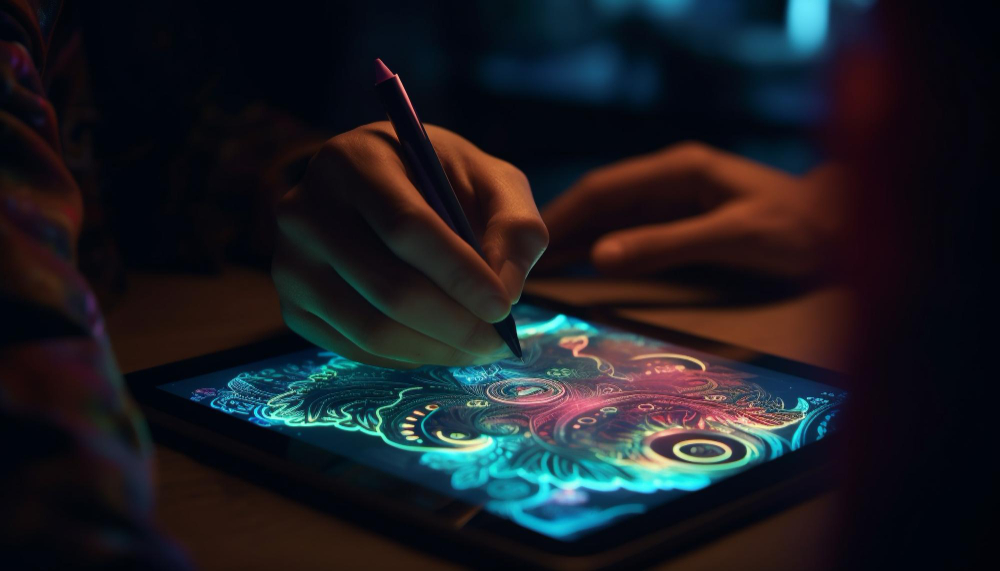
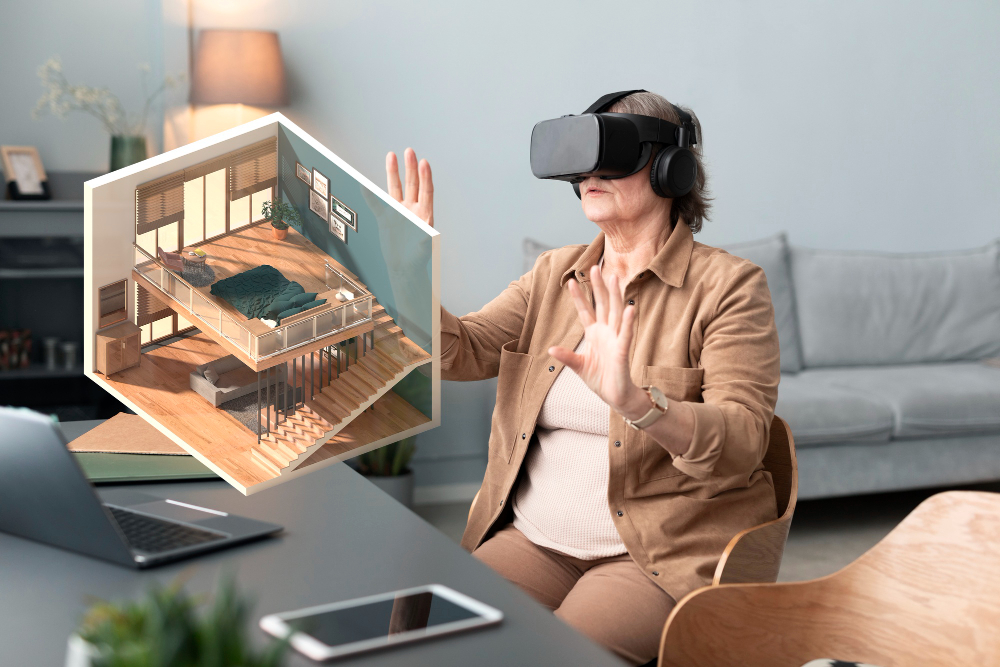
Day in the Life of a VR Designer
The life of a Virtual Reality (VR) designer is both dynamic and diverse, often involving a range of activities that tap into both creative and technical skills. A typical day might unfold as follows:
Brainstorming sessions are a crucial starting point. These collaborative meetings allow the VR design team to generate innovative ideas for a new VR experience or solve challenges in ongoing projects. During these sessions, a VR designer might sketch concepts, propose unique features, discuss user interaction possibilities, or present solutions to technical problems. This phase often involves a high degree of creative thinking and collaboration.
Designing VR environments is another essential task. Using software like Blender or Maya, a VR designer might spend a significant portion of their day creating 3D models, shaping virtual landscapes, or animating characters. This process involves meticulous attention to detail and a solid understanding of spatial design principles to ensure the VR environment is immersive, aesthetically pleasing, and suitable for the intended purpose.
Coding forms the technical backbone of a VR designer’s day. Depending on the platform being used, this might involve writing scripts in languages like C# (for Unity) or C++ (for Unreal Engine) to control interactions, mechanics, or dynamics within the VR environment. Coding requires a solid understanding of programming principles and the ability to think analytically to solve complex technical problems.
Testing VR experiences is also an important task. It involves putting on a VR headset to interact with the virtual environment, and assessing elements such as usability, comfort, immersion, and functionality. This hands-on testing is crucial for identifying and rectifying issues, ensuring optimal performance, and refining the overall user experience.
Collaborating with team members is woven into all aspects of a VR designer’s day. VR design is often a multidisciplinary process involving various specialists such as VR developers, artists, UX designers, and project managers. Regular communication and collaboration are therefore essential for coordinating efforts, sharing insights, and driving the project toward successful completion.
In summary, a VR designer’s day is a mix of creativity, technical work, problem-solving, and teamwork, all aimed toward creating immersive and engaging VR experiences. The specifics might vary based on the project, the size and structure of the team, and the particular role of the VR designer within the team.
Challenges Faced by VR Designers
Virtual Reality (VR) design, while being an exciting and innovative field, does come with its share of challenges. Here’s an exploration of some of those hurdles.
Firstly, the constant evolution of technology is a double-edged sword. While advancements in VR technology continually provide designers with more sophisticated tools and capabilities, they also pose a challenge. VR designers must stay up-to-date with the latest hardware, software, and design trends, which can be a demanding task given the rapid pace of innovation. Learning new programming languages, adapting to updated VR platforms, and keeping abreast of cutting-edge VR features all require continuous learning and adaptability.
Designing intuitive user experiences is another significant challenge. VR environments are inherently different from traditional 2D or even 3D platforms; they offer a full 360-degree experience where users can interact in more immersive ways. However, this also means that traditional design principles don’t always apply. VR designers need to craft unique interaction models and user interfaces that feel natural and intuitive in a VR environment. This might involve creating innovative ways for users to navigate the environment, interact with objects, or communicate within the VR space.
Addressing motion sickness is a well-known issue in VR design. Also known as “VR sickness,” it’s a discomfort or nausea experienced by some users when engaging in VR environments. This is typically caused by a disconnect between what users see in the VR environment and what their body feels in the real world, particularly when there is perceived motion in the VR environment but no corresponding motion in reality. VR designers need to find ways to minimize such discomfort. This could involve careful design of movement mechanics, providing comfortable pacing, or developing techniques to stabilize the user’s view.
Each of these challenges requires a blend of creativity, technical expertise, and user empathy. As the field of VR continues to evolve, designers who can effectively address these challenges will be pivotal in shaping immersive and comfortable VR experiences.
Work-life balance
The work-life balance in the Virtual Reality (VR) design industry, like many jobs in the technology sector, can fluctuate depending on a variety of factors.
Project deadlines play a significant role in determining the work-life balance for VR designers. During crucial project phases or as deadlines approach, designers might need to put in additional hours to ensure the timely and successful completion of their tasks. This could mean late nights or even weekends at times, which could temporarily tilt the balance more towards work. However, it’s important to note that these periods of high intensity are often balanced by quieter times when the workload is less demanding.
The nature of the projects can also impact the work-life balance. For instance, working on a complex, cutting-edge VR experience might require more time and energy compared to a more straightforward project. Similarly, larger projects with more team members might require additional coordination and thus, more time commitment.
Despite these factors, tech jobs, including VR design, often offer flexible working hours as a perk. Unlike traditional 9-to-5 jobs, many tech companies allow employees to have control over their schedules, provided they meet their responsibilities and deadlines. This flexibility can make it easier to balance professional commitments with personal life, as employees can adjust their work hours to fit around other obligations or preferences.
Moreover, with the increase in remote working arrangements, particularly in the wake of the COVID-19 pandemic, many VR designers have the opportunity to work from home or from virtually anywhere. This eliminates commute time and provides further flexibility, contributing to a more balanced lifestyle.
However, it’s important to remember that individual experiences can vary widely. Each company has its own culture and policies, and each project or role can present unique demands. As such, prospective VR designers should consider these factors and, if possible, inquire about work-life balance during the job interview process.
Summary
VR design is an exciting, evolving field with plenty of opportunities. As a school / college student exploring VR design as a career should focus on education and tools & technologies. With this knowledge, try to get internship opportunities and working on freelance projects. You need to be a team player and collaborate with the team members to achieve project goals. Career prospects are good considering the various roles that you can play.
Frequently Asked Questions
1. Q: What is a VR designer?
A: A VR designer is a professional who designs and creates immersive virtual reality experiences. This involves the conceptualization and creation of interactive 3D environments and experiences for various applications, from gaming and entertainment to education and training.
2. Q: What qualifications do you need to be a VR designer?
A: While there’s no set path, most VR designers have a background in game design, computer science,or a related field. Proficiency in 3D modeling software and game development engines like Unity or Unreal Engine is often required. A good understanding of user experience (UX) design principles is also crucial.
3. Q: How much does a VR designer make?
A: The salary for a VR designer can vary greatly based on location, experience, and the industry in which they work. The average salary in the U.S. can range from $60,000 to over $100,000 per year.
4. Q: What does a VR designer do daily?
A: A VR designer’s day-to-day tasks might include creating 3D models and environments, scripting interactive events, testing VR experiences and making improvements, meeting with clients or team members to discuss project progress, and staying up-to-date on the latest VR technology and trends.
5. Q: What are the main tools used by VR designers?
A: Common tools used by VR designers include 3D modeling software (like Blender or Maya), game engines (like Unity or Unreal Engine), and scripting languages (like C# or Python). Design and prototyping tools like Sketch, Figma, or Adobe XD might also be used for interface design.
6. Q: Is there a high demand for VR designers?
A: The demand for VR designers is growing as more industries recognize the potential of VR technology. This trend is expected to continue, particularly in sectors like gaming, healthcare, education, and real estate.
7. Q: What skills are needed to be a VR designer?
A: VR designers need a blend of technical and creative skills. These include 3D modeling, computer programming, knowledge of VR hardware, and understanding of user experience principles. Additionally, soft skills like problem-solving, creativity, and communication are highly valuable.
8. Q: How to become a VR designer?
A: The pathway to becoming a VR designer typically involves gaining a degree in a related field (like computer science or game design), building a strong portfolio of work, and gaining experience through internships or entry-level positions. It’s also important to continually learn and adapt to new technology in this rapidly evolving field.
9. Q: What is the difference between a VR designer and a VR developer?
A: A VR designer focuses on the visual and interactive elements of a VR experience, such as the layout, user interface, and graphics. A VR developer, on the other hand, typically focuses more on the programming side of the project, writing the code that makes the VR experience function.
10. Q: Can a VR designer work remotely?
A: Yes, many VR designers work remotely. The tools and software used by VR designers can typically be accessed from anywhere, making remote work a viable option. However, this may depend on the policies of the specific company or client they are working for.
Image credits Mohamed Hassan from Pixabay

